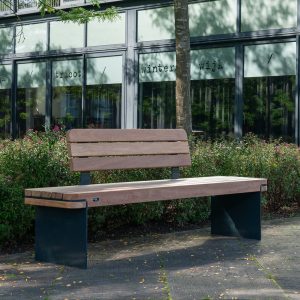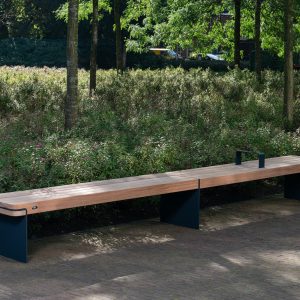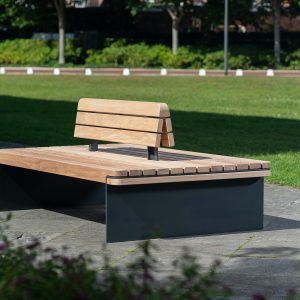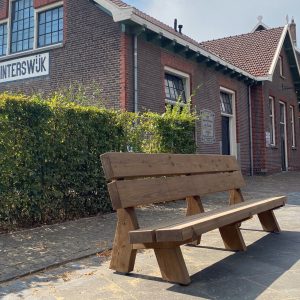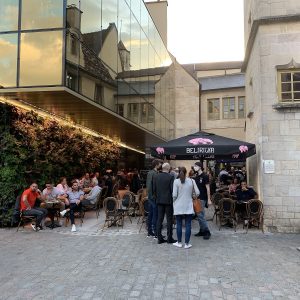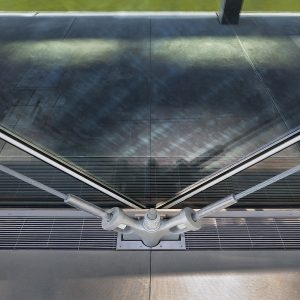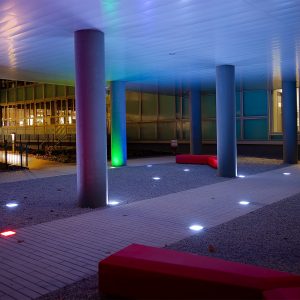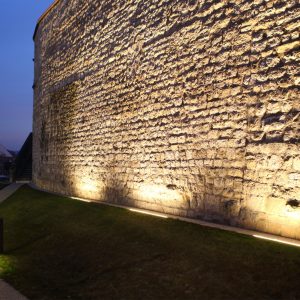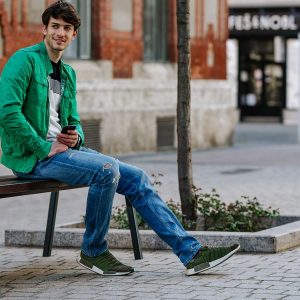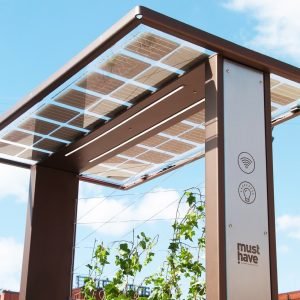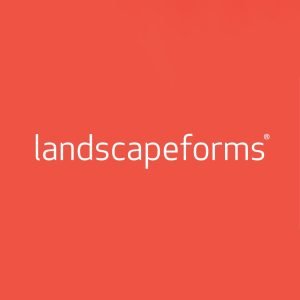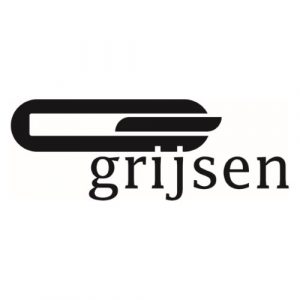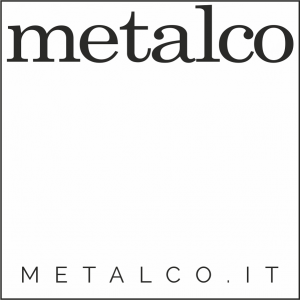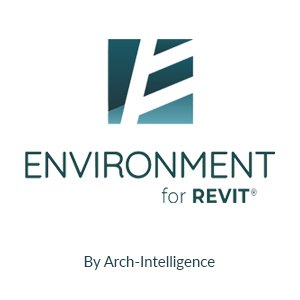Shaping Discourse: Reflections on the ISUP Symposium and the Value of Professional Symposia

The 4th Symposium of the Istituto di Studi Urbani e del Paesaggio (ISUP), titled Landscape As Architecture, took place in Mendrisio, Switzerland, from November 13 to 15, 2024. Previous editions in the series explored themes of Climate Urbanism, Scale, and Density. Out of over 250 submissions, the curators, Jonathan Sergison, João Nunes, and João Gomes da Silva, selected 28 papers, which were evenly distributed across three days, alongside six keynote speakers and ten panellists who participated in three discussions. For further details, refer to the official programme below.
I find it particularly welcome that all speakers, including keynote lecturers and those of us presenting papers, were instructed in advance by the curators to refrain from showcasing office portfolios. Some succeeded in this task, others less, but it was refreshing to follow lectures based on clear statements rather than on chronological or typological arrays of projects. The attention economy of seeing a complex portfolio in 20 or 30 minutes is tricky in an already colourful and dense program. One keynote speaker, however, who succeeded in this was Jordi Bellmunt (B2B, International Biennial of Landscape Architecture Barcelona), who showed projects that gained visibility in the past 25 years within the Biennial, also as the winners of the Rosa Barba Prize. It was emotional as many of us knew these works rather well, studied them or visited those sites in the past two decades. It brought back memories, but above all, most of these projects seem to have started radiating timelessness, and they maintain relevance to this day, which speaks for the Rosa Barba Prize. From River Aire (also LILA 2018 winner) to Bordeaux Botanical Garden, Cap de Creus, Pedra Tosca Park and many more …
The five other keynote speakers shouldn’t be unknown to visitors of Landezine; Gary Hilderbrand began with a sobering insight into the current situation in the US, where the political temperature recently exceeded the 1,5 margin, hanging into the air the threat of socio-political hurricanes, floods, fires and droughts. It was an expression of unfamiliarity and uncertainty – a darkening filter for the rest of Gary’s presentation that comprised some of the masterpieces from Reed+Hilderbrand’s conceptually and financially lush portfolio. We saw Henri Bava presenting projects by Agence Ter (including LILA 2017 winner Saint Ouen) and Martina Voser those of Mavo Landschaften (including Wolkenwerk mentioned by the LILA 2022 jury) and some of her work related to teaching as a professor at ETH Zurich. LILA 2023 Honour Award Winner Lisa Diedrich presented the editorial processes behind the LAE series. Kirsten Bauer offered insight into ASPECT Studios‘ work for Caulfield to Dandenong Railway & Linear Park, a complex intervention where linear train infrastructure was used to improve public space through adaptation to climate change.
Pertinent issues of ecology, social justice, and urbanization were addressed from a wide range of perspectives and case studies. The panellists and theoretical references throughout the programme reflected a strong philosophical innuendo, which is absolutely refreshing and, hopefully, a way to continue with this event. Borrowing tools from philosophy comes as a much-needed proposal to fundamentally rethink the foundations of our profession in these ‘Act Now’ times, where too often we resort to technical measures too quickly.
The program featured significant age diversity in the lineup, which presented a fruitful opportunity for a more transgenerational discussion between landscape Boomers, Gen-Xs, Millenials and perhaps even one or two Gen-Zs. From well-dressed professors in suits to understated chic, black casuals to hipsters and beyond. In conversations with several attendees at the symposium, we often noted that we were unfamiliar with more than half of the speakers—an impressive achievement by the curators in showcasing relevant insights from emerging voices. On the other hand, the panels comprised some seasoned thinkers, such as Michael Jakob and Sébastien Marot, and I would wish for them to have some more space to let us know what they’ve been up to recently. But worry not; I caught the two off-stage, and the interviews will soon be published on this platform.
An evident topic during presentations was waste, then perhaps water, and aesthetics kept coming back throughout the three days. Each day featured a panel that acted as a sort of reflective consciousness of the symposium, detecting and debating emerging perspectives, approaches and notions from the morning sessions and pointing the microphone to the audience. While participating in such intellectual jam sessions requires experience, I still wish the panels reflected the same level of age and gender diversity as the keynotes and the paper presentations.
It will be interesting to follow if the topic for the next edition gets narrower or maintains a broad scope, acting more as a reflective, investigatory platform. The symposium title, Landscape As Architecture, with its abstract charge, intentionally disrupting the term, suggested thinking about the profession. Each day had a subtitle, and all were more or less wide open: Climate Change, Cityscaping, and Others Landscapes, which probably explains why over 250 papers were received.
Besides symposia that feature such open titles and, in effect, act as detectors for marginal yet pertinent thinking, I also miss symposia that would have a very narrow focus. One such colloquium will happen at ETH Zurich in February, where the topic is Beyond Maintenance. Another in this part of Europe that exercises a more focused curiosity is the Study Days in Treviso, Italy. Organized by Fondazione Benetton Studi Ricerche, this annual event consistently delivers precise and thought-provoking themes such as Commons, Soil, Abandonment, Bodies, Fire, and Soundscapes. What I find particularly impressive about the Study Days is its ability to strike a unique balance between being rhizomatically eclectic while remaining tightly focused on the topic.
Any symposium would benefit from this interdisciplinary eclecticism, including other profiles in a way ISUP included philosophers. Philosophy is especially relevant in these times when we talk about the Anthropocene, post-humanism, and an uncertain future and when we have to redefine our position as landscape architects within society and humans within nature. It would also be pertinent to include more sociologists and anthropologists; they have been discussing the interconnectedness, entanglements, land use, and public space for a very long time and have an abundance of tools available for landscape architects. It is necessary to dive into these vocabularies since, too often in landscape architecture, we struggle with words and then resort to embarrassing terms like ‘Nature-Based Solutions’. It is precisely such problematic phrases that point towards the necessity for a more interdisciplinary discourse.
There are other issues that we should address when thinking about symposia. One is that a symposium doesn’t succeed in transcending a semi-closed group of friends and colleagues, and over time, the menu gets repetitive, featuring the same flavours and spices … This is not an easy task to accomplish given that landscape architecture is a relatively small profession. A further problem can be politics, where a large portion of the programme results from background political relations between professional bodies rather than focused content curation and care for the experience. On the other end of the care for experience lies the most threatening of all dangers, which is when supposedly professional events start to feel like those TED talks, bound to emotions and quasi-inspirational ‘pick-me-up’ speeches. Such ideological and religious approaches are rather erosive and irresponsible in these times when overly optimistic conclusions and feel-good science are not to be trusted. Someone said, “Think as a pessimist, act as an optimist!” This may prove to be a more productive attitude for landscape architects in times of climate change.
The ISUP event was predominantly academic, so I suppose sobriety and freedom of thought came pre-embedded to a large degree. Overall, the event can easily serve as a guiding coordinate for the discussion about how we approach professional events and what we aim to achieve through them.
Undoubtedly, they act as catalysts, giving birth to collaborations, sparking projects and empowering the much-needed intellectual cross-pollination. But above all, for landscape architects to remain relevant, focusing solely on the technical aspects of design—such as green infrastructure or engineering solutions—will not suffice. It will demand a more permeable membrane of the profession to encourage more interdisciplinary osmosis, as confronting different vocabularies can advance discourse.
photos: Elsa Sabrina Despoix
_
The symposium program:
_
13 November 2024: Climate change
- Opening remarks: Walter Angonese, Director Accademia di architettura / Jonathan Sergison, ISUP Director / João Nunes, João Gomes da Silva, Symposium’s responsibles
Paper presentations:
- Michele Anelli-Monti (Università La Sapienza, Italy): Landscape is Architecture in The Coming Dark Age
- Silvia Benedito (Harvard University, USA): Designing Reciprocities for Warmer climates: Resilient Landscapes and Communities
- Zaš Brezar (Landezine, Ljubljana, Slovenia): Aesthetics Between Ecology and Politics of Public Space
- Alicia Crespo (Valencia, Spain): Rising Waters, Losing Land: Lessons from the San Francisco Bay Area for Mediterranean Coastal Metamorphosis
- Hänsch Matti (TU Berlin, Germany): extraction & retraction
- Miquel Peiro (ENSA Bretagne, France) & Anna Maria Bordas (Paris Val de Seine Architectural School, France): Landscape adaptation versus the pathological permanence of the Anthropocene. Study cases
- Chiara Pradel (TU Delft, Netherlands): Monumental Grounds and Material Gardens. Architectures, Construction Sites, Landscape
- Rafael Stutz (TU Munich, Germany): „Who is right?“ / „Wer hat Recht?“ – Main issue – The approach of landscape architecture to climate change
Roundtable:
- João Nunes, João Gomes da Silva, Martino Pedrozzi, Sascha Roesler
Keynote lectures:
- Jordi Bellmunt Chiva: (Landscape Architect – B2B architects, Barcelona, Spain)
- Henri Bava: (Landscape Architect – Agence TER Landscapearchitects Paris/Karlsruhe/Barcelona/Shanghai/Detroit)
_
14 November 2024: Cityscaping
Paper presentations:
- Isotta Cortesi (Università degli studi di Parma, Italy): A Challenge for the Future: the Landscape of Vallone San Rocco, Naples
- Adriano Dessì (Università di Cagliari, Italy): Towards a new aesthetic of waste
- Paulina Espinosa (Austral University of Chile, Chile): Urban Wetlands as New City Structure
- Chiara Geroldi (Politecnico di Milano, Italy): Petroleum Gardens and Parks
- Caterina Juric (Politecnico di Torino, Italy): Enhancing Urban Representation: Integrating Surface and Subterranean Realms
- Olivia Longo (Università di Brescia, Italy) & Silvia Dalzero (Università di Brescia, Italy): Waste Landscapes. Architectures for Collection and Recycling
- Alessandro Martinelli (Taipei, Taiwan): The fitness of landscape architecture methodologies to specific governmentality and environments
- Francesco Rizzi (Locarno, Switzerland): Città dei Laghi, a landscape that connects territories
- Hope Strode & Federico De Molfetta (Lugano, Switzerland): Hypernature and the Urban Wild
- Philip Urech (ETHZ, Switzerland): Designing Urban Ground: conceiving terrain as the biophysical basis of urban landscapes
Roundtable:
- João Gomes da Silva, João Nunes, Michael Jakob, Jonathan Sergison
Keynote online lectures:
- Lisa Babette Diedrich (Landscape Architect; Professor at Swedish University of Agricultural Sciences, Malmö, Sveden)
- Kirsten Bauer (Landscape Architect, Director Aspect studios, Adelaide/Brisbane/Dubai, Guagzhou/Ho Chi Minh City/London/Perth/Shangai/Sydney)
_
15 November 2024: Others landscapes
- Christian Beros (Bucharest, Romania): Traces
- Luis Callejas (Oslo School of Architecture and Design, Norway): The forest clearing archetype
- Chiara Chioni (Università di Trento, Italy): Landscape Ready-Made Model(s). Digital tools for reality-based virtual landscapes
- Alejandro Morales (University of Malaga, Spain) & Ventura Blanch Ferran: (University of Malaga, Spain): A contemporary atlas of Sierra Nevada high mountain water landscape
- Giovanni Multari (Università di Napoli Federico II, Italy): Architecture and Landscape for the Existing: Theoretical inquiry upon the Medma territory
- Andrea Oldani (Politecnico di Milano, Italy): Maintenance as plural and inventive practice for landscape architecture
- Roberto Sanna (Università di Cagliari, Italy): Alteram naturam. The landscaping agency of farms
- Uz Şule (Gezbe Technical University, Turkey) & Fitnat Cimsit Kos (Gezbe Technical University, Turkey): Co-operation With The Earth As a Landscape Hybrid Formation: The Case of Anatolian Rural
- Maithily Velangi (BMS College of Architecture Bengaluru, India): From Seen to Unseen. Water quality, availability and distribution
Roundtable:
- João Gomes da Silva, João Nunes, Matteo Vegetti, Muck Petzet, Frédéric Bonnet, Sebastien Marot
Keynote lecture:
- Martina Voser (Landscape Architect, MaVo Landschaften, ETH Zurich)
- Gary Hilderbrand (Founder and principal Reed Hilderbrand Landscape Architects, Peter Louis Hornbeck Professor in Practice and Chair of the Department of Landscape Architecture, Harvard Graduate School of Design, USA)
Published on November 25, 2024









